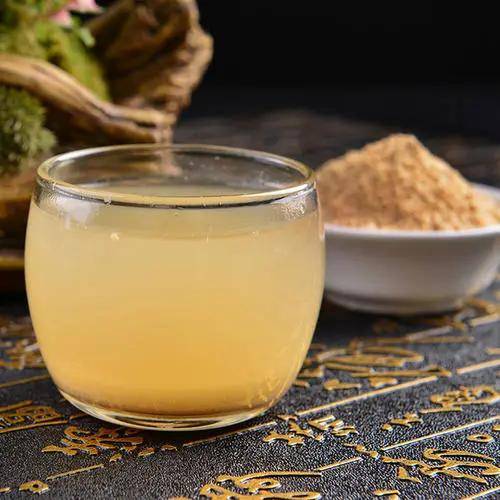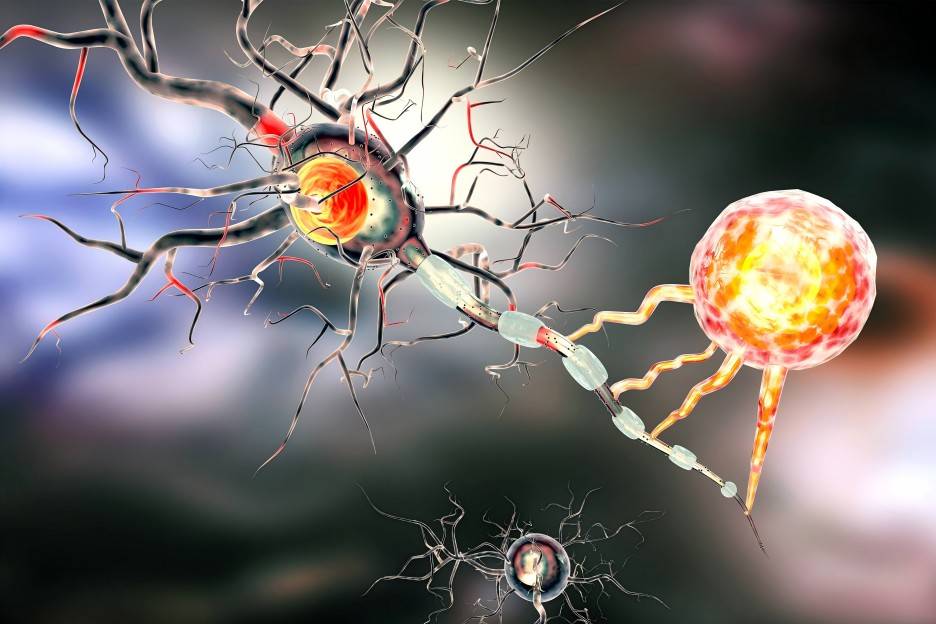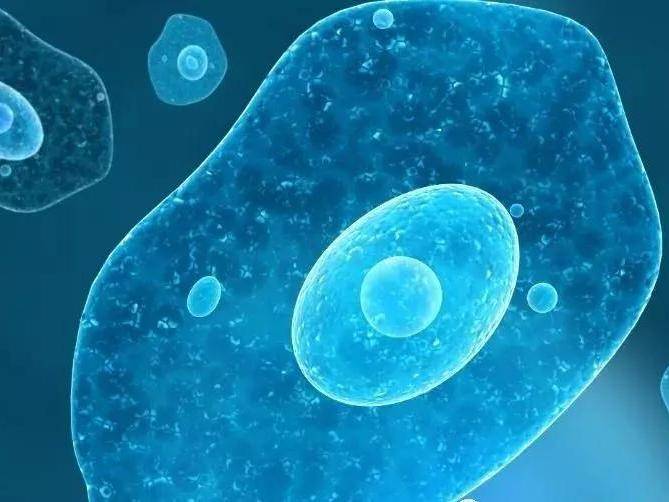ギンセノシドと心臓血管の研究
Modern pharmacological studies have confirmed that ginsenosides (GS) are the main active substances in ginseng. To date, more than 30 types of ginsenosides have been isolated from ginseng [1]. The total saponin is called ginsenoside R x, and each component is named R o, R a, R b1, R b2, R b3, R c, R d, R e, R f, Rg1, Rg2, Rg3, R h1, R h2, and R h3 in ascending order of the R f value from a thin-layer silica gel chromatogram. However, in recent years, most research on ginseng saponins has focused on R b1, R e, Rg1, R h2, etc. Ginseng saponins can be divided according to their chemical properties into: ginsenoside diol type (type A), including R b1, R b2, RC, R d, R h2, etc.; ginsenoside triol type (type B), including R e, R f, Rg1, Rg2, R hr, etc.; oleanolic acid type (type C) such as R o. Modern research has shown that ginsenosides have clinical significance for various diseases of the cardiovascular system, such as ischemic heart disease, arrhythmia, and heart failure [2]. The following is a summary of recent research on the pharmacological effects of ginsenosides on the cardiovascular system.
1. 心筋機能への影響
tian jianmingら[3]は、心筋細胞のin vitro培養を用いて低酸素およびグルコース欠乏心筋細胞のモデルを作成し、ginsenoside rg2が低酸素およびグルコース欠乏心筋細胞の拍動振幅および生存率を有意に増加させたことを明らかにした。実験で観測されるもRg2の濃度を大幅に減らして低酸素ではCa2 +无料glucose-deficient cardiomyocytes、目立った効果があるのに対し誘発型からCa2 + cardiomyocytes発散KC lを有する。濃度の高いお酒、爆薬著明た軽い抑制効果による細胞外Ca2 +流入腐防委l2した低浓度、[4]効果的はなかった。
Wang Tianxiao et al. [5] established a pressure overload ventricular remodeling model by ligating the abdominal aorta of rats to study the effect of ginsenoside Rbラットの心室リモデリングに圧力過負荷心筋肥大とその作用機序。発見されたあのginsenoside Rb護影響されたの、心臓の左右心室の間に改造ネズミのその機能にかかわるかもしれません、左心室に穴をあけ心臓収縮と拡張期機能を改善ネズミ心室改造と強化抗酸化酵素が働きやフリーラジカルによる心筋梗塞ダメージを减少するvasoconstrictor物质の説明に供するPGI2間の不均衡問題とTXA2。
蘇テウォンら[6]も検討protopanaxadiolグループsaponinsから抽出した(PQDS)米人参葉PQDS予防心室改造心筋梗塞ネズミ後、大幅に最大の引上げ率と左心室に穴をあけintra-pressure減少から、最近で、左心室に穴をあけ量を大幅に緩和するなど左心室に穴をあけ長軸方向長、左心室に穴をあけ短い軸長、左心室絶対体重と左心室相対体重。さらに、pqdsは血清の過酸化脂質、心筋のアンジオテンシンiiおよびアドレナリンのレベルを有意に低下させ、スーパーオキシドジムターゼ、カタラーゼおよびグルタチオンペルオキシダーゼを増加させる。これは、心臓でのアンジオテンシンiiの局所産生を阻害し、交感神経末端からのカテコールアミンの放出を阻害し、心筋の抗酸化能力を改善することに関連していると推測されている。
高麗人参サポニン(gfs)を研究した結果、gfsは心筋の収縮期と拡張期の機能を改善し、心筋梗塞後のポンプの故障を緩和し、心筋の酸素消費を減らし、心筋の血液供給量を増やすのに役立つことが分かった。
2心原性ショックへの影響
ペントバルビタルナトリウムを使用して、心原性ショックと心不全の犬モデルを作成しました。ギンセノシドの血圧(bp)、左室収縮圧(lvsp)、左室圧上昇率(lvdp /dtmax)、心拍数(hr)、心拍出量(co)に対する影響が観察された。その結果、高麗人参の総サポニン10 mg/kgと20 mg/kgを静脈注射した後、lvdp /dtmax、lvsp、bp、coがすべて増加し、左室拡張末期圧(lvedp)が低下し、hrが低下した。lv wenweiら[8]は、冠動脈前方下降枝をライゲートすることにより、心原性ショックのイヌモデルを作成し、それぞれrg20.5、1、2 mg/kgを静脈注射した。
They found that ginsenoside Rg2 can significantly increase the mean arterial pressure (MBP), left ventricular end-diastolic pressure and maximum change rate (±dp/dtmax), cardiac output; significantly reduced total peripheral resistance, elevated ST segment of the heart surface electrocardiogram; reduced the scope of myocardial infarction; reduced serum creatine kinase (CPK), lactate dehydrogenase (LDH) and aspartate aminotransferase (AST) activity; increased arterial and venous oxygen content, and reduce myocardial oxygen consumption index and myocardial oxygen uptake rate. It can reduce the damage to myocardial cells and their mitochondria, and has a significant protective effect on ischemic myocardium in dogs with cardiogenic shock. Later, by studying the effect of ginsenoside diol-saponin (PDS) on acute cardiogenic shock [9-10], it was found that PDS can significantly increase MBP and dp/dtmax in shocked dogs; significantly reduced the concentrations of serum inflammatory cytokines interleukin-1 (IL-1), interleukin-6 (IL-6) and tumor necrosis factor-a, and reduced myocardial ischemia and the extent of ischemia, shrinking the area of myocardial infarction, lowering whole blood viscosity and hematocrit, and protecting dogs with acute cardiogenic shock.
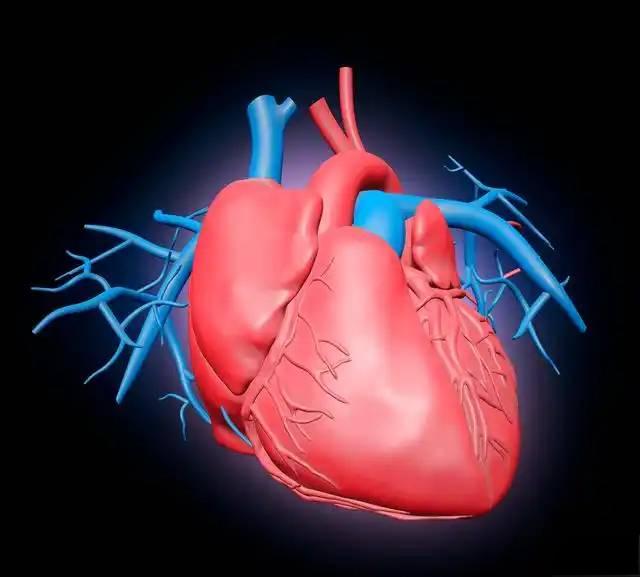
3心筋虚血再灌流への影響
tian jianmingら[11]はラットの冠状動脈の前下がり枝を結紮し、3時間後に結紮をゆるめ、20分間血流を回復させ、速やかに心臓を摘出した。アポトーシスが検出され、rg 21.0および2.0 mg/kgの前投与は、虚血性アポトーシスを減少させ、有意に虚血性dna断片化バンドを減少させることができました。サポニンreは、プロアポトーシス遺伝子baxの発現を阻害し、bcl-2 / bax比を高めることで、心筋アポトーシスを抑制することができる。
雑種犬の成体には、大動脈閉塞1時間前と再灌流直後に、ギンセノシドを含む生理生理食塩水(12.5 mg/kg)を2回静脈注射した。正常体外循環を介して,血行動態パラメータ,細胞内遊離カルシウム濃度,心筋細胞のミトコンドリアリン脂質含量,ミトコンドリアカルシウムポンプ活性,心筋組織化学を測定した。発見しreperfusion 30および60分、ginsenosides規模で心臓収縮と拡張期機能さを大きく向上させreperfusion時代中自由カルシウム濃度cardiomyocytesの低下は、リン脂質がミトコンドリアの内容を拡大し、ミトコンドリアカルシウムポンプのイベントで、大幅に減らし不整脈风発作は起きません。
心筋組織化学的検査により、ギンセノシドは虚血再灌流後も基本的に正常な心筋組織構造を維持できることが示された。心筋虚血再流損傷に対するギンセノシドのメカニズムは、主に心筋細胞のミトコンドリアカルシウムポンプの活性を保護するために、ミトコンドリアリン脂質の分解を減少させ、膜系の完全性を保護します;細胞内の遊離カルシウム濃度を下げ、心筋細胞のカルシウム過負荷を防ぎ、心筋再灌流障害を防ぐ。
qu shaochunらは、ラットを用いて冠動脈前下降枝を30分間結紮し、24時間再灌流することで心筋虚血再灌流損傷の実験モデルを作成した。Ginseng Rb group saponins (G-Rb) were given to rats at doses of 25, 50 and 100 mg/kg·d-1 by continuous gavage for 7 days. it was found that G-Rb has a significant protective effect on experimental myocardial ischemia-reperfusion injury in rats, which may be related to its mechanism of enhancing the activity of antioxidant enzymes, reducing oxidative damage to the heart muscle by free radicals, correcting the imbalance between PGI2 and TXA2, and inhibiting platelet aggregation activity.
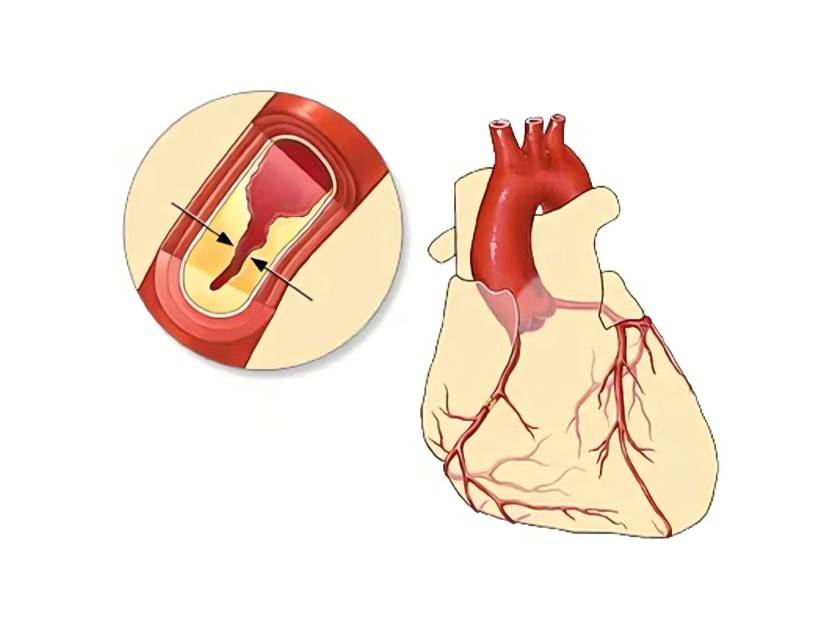
song qingらは[13]、自発的高血圧ラット(shr)の心筋虚血再灌流傷害(i-r)に対するギンセノシドサポニン(gsls)前処理の保護効果とその起こりうるメカニズムを研究した。SHR 50 100 mg / kg GSLS以前の3週間に無理やり食べさせ/ d I-Rキャラで、と鼠、血圧心臓機能および心臓の虚血中に血行動態測定指標た約40分、「ざぜん草前生化学の方法がreperfusion 30分心筋梗塞(ATPase意思が決められる乳酸デヒドロゲナーゼ(LDH)と超酸化物イオンdismutase (SOD)活動やmalondialdehyde (MDA)内容また、心臓および肝臓におけるメタロチオニン(mt)の含有量は、カドミウムヘモグロビン飽和法を用いて測定し、免疫組織化学的手法を用いてヒートショックプロテイン70 (hsp70)の発現量を測定した。GSLS 50が露見し、100 m g / kg著しく向上しpre-adaptation団体心拍数をピーク左心室に穴をあけ圧力と±dp / dtmax負傷SHR I-Rが大幅に増え心筋梗塞ATPase活動LDH漏れ心筋梗塞SOD活動が増加、減り、中身を伴わない増加し、減少MDA内容心筋梗塞と肝臓MTコンテンツを増大し、肯定的な心筋梗塞HSP70細胞の割合を増加させた。その作用機序は、shr心臓の収縮機能の改善、心筋代謝の改善、抗酸化活性の向上、内因性心筋保護物質の放出誘導に関連しています。
4心筋梗塞への影響
lu fengら[14]は、イヌの冠状動脈(lad)の左前方下降枝を結紮することによって急性心筋梗塞モデルを確立した。その研究によればアンチ・ginsenoside Rb1は著明な保護効果急性虚血性myocardiumと行動機構是正の代谢障害にかかわるかもしれません遊離脂肪酸(FFAs)と心筋の血液不足の能力を防ぐじゃん!フリーラジカル脂质代peroxidationとして行事で抗酸化作用がある酵素の体を強化する。米葉20S-protopanaxadiolグループ皂角ながら(PQDS)保護作用があることも急性心筋梗塞(虚血と関連するとメカニズムを出す抑制の活動sympathetic-adrenal大理石、catecholamine削減(CA)哲氏の抑制、RASの活性化減の9アンジオテンシン(チュンアン)生産に減らして、悪循環を断ち切ることを相互CA推進のRASによる高麗人参果実サポニン(gfs)はまた、イソプロテレノールおよび下垂体アデレル酸シカーゼ活性化ポリペプチドによって誘導される急性心筋虚血に対する保護作用を有する。サポニンrg2は、イソプロテレノール、亜硝酸ナトリウム、下垂体アデニン酸シラーゼ活性化ポリペプチドを添加したラットにおいて、化学的心筋虚血に対する保護作用を有する。
liu jieら[15]は、イヌにおけるladのライゲーションによる急性心筋梗塞モデルを確立した。モデリング後、ギンセノシドpdsを12.5 mg/kgと25 mg/kgの2回投与して大腿静脈に注入した。どちらの用量でも、心筋梗塞率を有意に低下させることがわかった。ultrastructuralからの観测では、核膜cardiomyocytes low-dose組であるPDSも無傷の原子hewaidianzi不定期だった周辺sarcomere構造がミトコンドリアはのmyofilaments間の長手方向に配列された小胞大小ものは见えてているで;見越しhigh-dose片付け組で、心筋梗塞の细胞膜はそのままの構造の濃いブラウンと薄いの構造的な光の帯sarcomereがmyofilamentsはこぎれい比較的の計らいmyofilaments間のミトコンドリアは相対的に大きく長手方向に配列され、cristae姿が鮮明に見える。両方の投与群において、血清中のnoおよび一酸化窒素合成酵素(nos)の濃度は投与後4時間で有意に増加した。
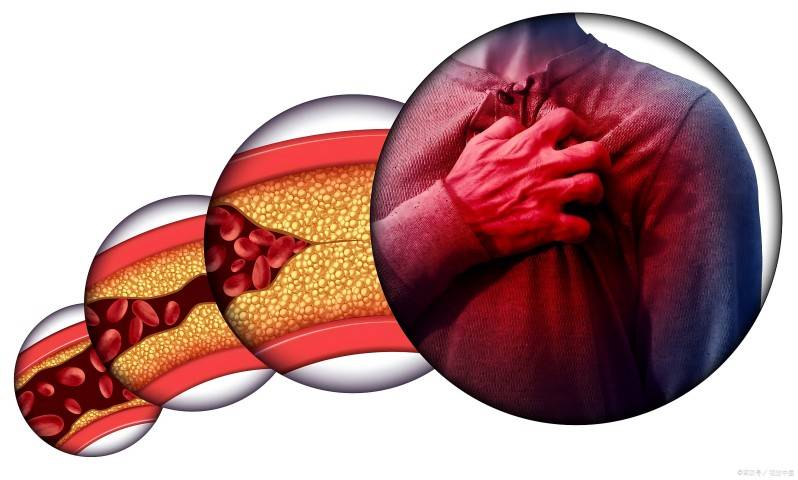
Jin Yan et al. [16,17] studied the effects of ginsenoside Rg1 on neovascularization after acute myocardial infarction and its mechanism of action. An acute myocardial infarction model was established in Wistar rats, and the rats were given ginsenoside Rg1 low-dose (1 mg/kg) and high-dose (5 mg/kg) treatment groups by intraperitoneal injection. RT-PCR was used to detect the expression of vascular endothelial growth factor (VEGF) and hypoxia-inducible factor-1α (HIF-1α) mRNA in myocardial tissue in the infarct zone. The results showed that the treatment group had significantly lower myocardial enzymes and myocardial infarction areas, and the number of blood vessels in the infarct area increased steadily and continuously, which was significantly higher in the treatment group than in the control group. After myocardial infarction, the expression of VEGF and HIF-1α mRNA increased with the prolongation of ischemia (3, 7 and 10 d groups), and the treatment group showed a significant increase. At 14 d, the increase in VEGF stopped or decreased, while HIF-1α continued to rise; the VEGF expression in the sham operation group was significantly lower than that in each of the operation groups. Studies have shown that the acute phase of severe ischemia can stimulate myocardial tissue to produce large amounts of VEGF and HIF-1α, thereby protecting ischemic myocardium. Ginseng saponin Rg1 can stimulate angiogenesis in the myocardial infarction area and the establishment of collateral circulation by increasing the expression of the two.
In summary, pharmacological research on ginsenosides in cardiovascular medicine has already begun and continues to deepen. While continuously extracting and modifying to obtain more ginsenoside-type active substances, research on the pharmacological activity of ginsenosides is expected to identify compounds with stronger activity and specificity, accelerating the industrial production and clinical application of ginsenoside ingredients. Theoretical and systematic summaries of current research results on ginsenosides are of profound research significance.

参照
[1]朱連才、王伯初、丹俊。銀杏エキスとギンセノシスが血管活性物質に及ぼす影響。^『仙台市史』(仙台市史)、2007年、30頁
[2]王強、mo xuemei、ヤンxiaoying。現代の研究では、心血管疾患の治療におけるギンセノシドの進歩。心血管系疾患が进歩し、2006年27日的日(3):325
天安建銘[3]で上映された。心筋細胞の振幅と生存率に対するギンセノシドrg-2の影響。^ a b c d e f g h『日本の歴史』、2003年、12 - 12頁
[4]李チュング・テピョンロ)。高麗人参サポニンの薬理活性に関する研究。2003年(平成15年)4月1日- 1学科増設
【5】王天暁、余小豊、屈少春圧力負荷心筋肥大とその作用機序を有するラットにおける心室リモデリングに対するギンセノシドrbの効果。Shi Zhen汉方薬だけでなく、汉方薬だけでなく、2008年19(7):1615年
【6】隋大元、余小豊、屈少春米国人参の葉の効果20s-protopanaxadiol群サポニンがラットの実験的心室リモデリングに与える影響。中国医薬ジャーナル、2007年、42 (2):108
【7】何小夕、屈少春、虞小豊高麗人参の果実サポニンが急性心筋梗塞の犬の血行動態に及ぼす影響。『日本医学会誌』日本医学会、2008年、34(2):204
【8】呂文偉、劉傑。急性心原性ショックを有するイヌの心筋細胞に対するギンセノシドrg2の保護効果。日刊吉林大学(医科学)、2003年、29 (4):392
[9] liu j .急性心原性ショックを有するイヌの血清il-1レベルに対するギンセノシドrg2の影響。^ a b c d e f g h『漢書』、2005年、27頁
[10] wang qj、liu j、liu f .イヌの急性心原性ショックに対するギンセノシドジオール-サポニンの保護作用。吉林大学紀要(医学),2005,31(4):557
【11】田建明,鄭書秋。ラットにおける心筋虚血再灌流損傷による心筋細胞アポトーシスに対するギンセノシドrg2の保護効果。2004年中国薬理公報、20 (4):480
【12】屈少春、隋成、虞小豊ラットにおける実験的心筋虚血再灌流傷害に対するギンセノシドrbの保護効果。吉林大学紀要(医学),2007,33(5):849
【13】宋青、張小文、徐志偉。自発的高血圧ラットにおける心筋虚血再灌流傷害に対するギンセノシド前処理の保護効果。^「中国薬理学・毒物学ジャーナル」。中国薬理学・毒物学ジャーナル(2008年). 2008年8月22日閲覧
(1): 42
【14】陸峰、隋大元。急性心筋梗塞ラットにおける交感神経伝達物質およびレニン-アンジオテンシン系に対する米国人参の葉20 s-プロトパナキサジオールサポニンの効果。中国の漢方薬、2001年、32(7):619
[15] liu j, liu f, wang qj。心筋梗塞を有するイヌの血清中の一酸化窒素および一酸化窒素合成酵素濃度に対するギンセノシドの効果。中国人をもつ「実験TCMジャーナル」08年14 (4):46
[16] jin y, liu gn。急性心筋梗塞ラットにおける新卵巣形成に対するギンセノシドrg1の影響。中国医学大学ジャーナル2007,36 (5):517
【17】金燕、劉貴男。効果ginsenoside Rg1 VEGFとHIF-1α急性心筋梗塞を後という。^『官報』第1031号、大正11年(1922年)10月10日


 英語
英語 フランス
フランス スペイン
スペイン ロシア
ロシア 韓国
韓国 日本
日本